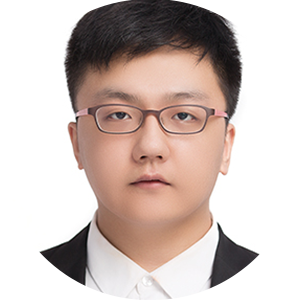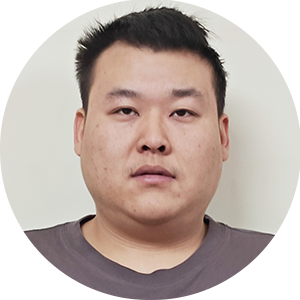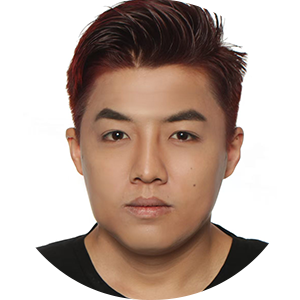29
Jan
PRODUCTION TIMES
The Stahli Model DLM 700 flat-honing machine’s simultaneous top-and-bottom finishing of carbide inserts expands Spartan Carbide’s production capabilities.
For more than 30 years, Spartan Carbide Inc. has provided high precision carbide inserts and tooling. Spartan Carbide specializes in form grinding of specials and standard geometry ceramic, PCD and CBN inserts for diverse OEMs. In 2002, Spartan combined two existing facilities that separately housed management and production manufacturing into one facility in Fraser, Mich.
CHALLENGE
Eliminate top-and-bottom grinding bottlenecks.
SOLUTION
Two-sided flat-honing machines.
More than 98 percent of the inserts Spartan produces have a top-and-bottom grind. All while delivering the flatness, finish, and parallelism its customers specify. To accomplish this, Spartan had seven single-sided rotary-table grinders operating 10-hour shifts, 5 days a week.
“Even with that amount of production,” said Tom Haberski, Spartan’s plant manager, “we kept running into a production bottleneck.”
According to Haberski, he could expect 900 to 1,000 inserts from each of the rotary table grinders in a 10-hour shift. “It was a very labor-intensive operation,” continued Haberski. “Requiring one operator per machine to achieve that level of production”. Setup was also time-consuming because the inserts needing to be positioned in a 30″ magnetic chuck with a 2″ ring. In addition, having to position in several smaller steel straps to lock the carbide inserts into the 30″ chuck”.
How do we create more production?
The initial grinding on the single-sided rotary-table grinders was critical to Spartan’s overall production. The machines’ output fed more than 40 grinders used for a secondary operation. Which was having to finish the peripheries and edges of the inserts. Using single-sided abrasive machines, the inserts had to be ground first on one side then flipped and ground on the opposite side. This required multiple setups. According to Haberski, a batch of inserts often had to be flipped a third time to achieve the appropriate degree of parallelism, further clogging production.
The Stahli Solution
The Stahli flat-honing or fine-grinding process is unlike conventional fixed-abrasive grinding or lapping for sizing workpieces. Flat lapping as opposed to flat honing, typically involves a slurry. For example, loose aluminum oxide, silicon carbide or other abrasive grains flowed across a rotating lapping plate. Typically these slurries are mixed in a water or oil-based solution. They create an abrasive “film” between the plates and the workpiece. Stock removal from a single side, or both sides simultaneously, can be complete without part distortion due to heat or clamping.







